Resources
Explore our library of guides, toolkits, and blog posts, developed to provide you with the technical insights and industry expertise you need. Whether it’s design, engineering, or the latest trends, our resources offer practical knowledge to help you make informed decisions and improve your applications.
All Resources
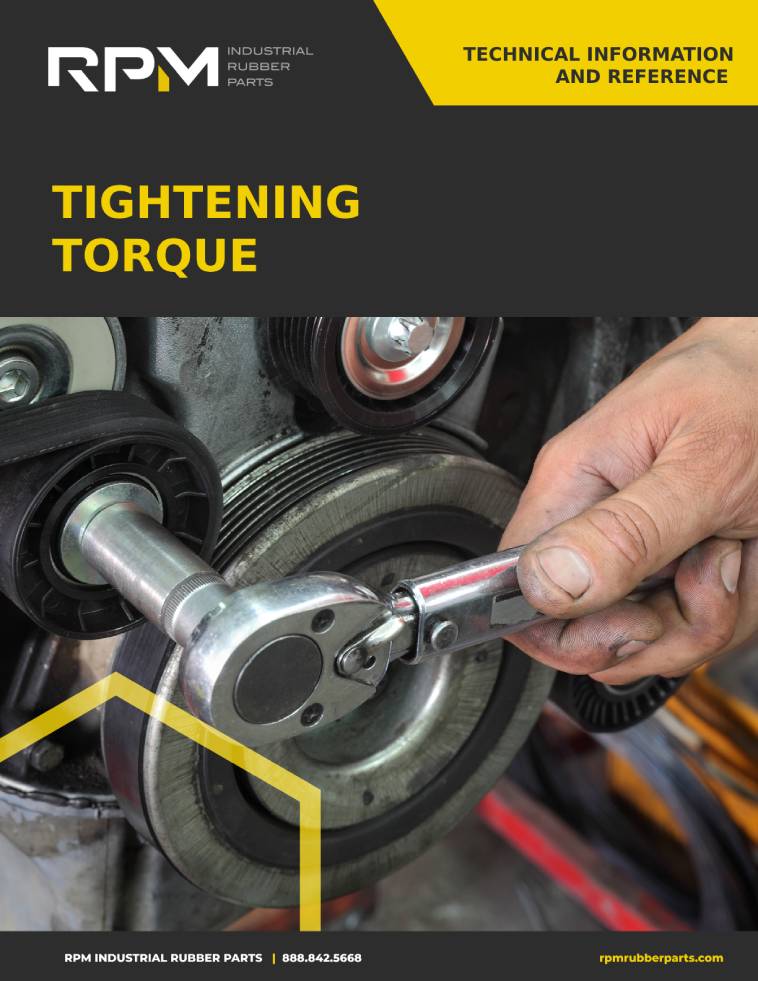
Tightening Torque Guide
RPM’s Tightening Torque Guide ensures secure fastener installation by achieving the desired clamp load, with values varying based on thread…
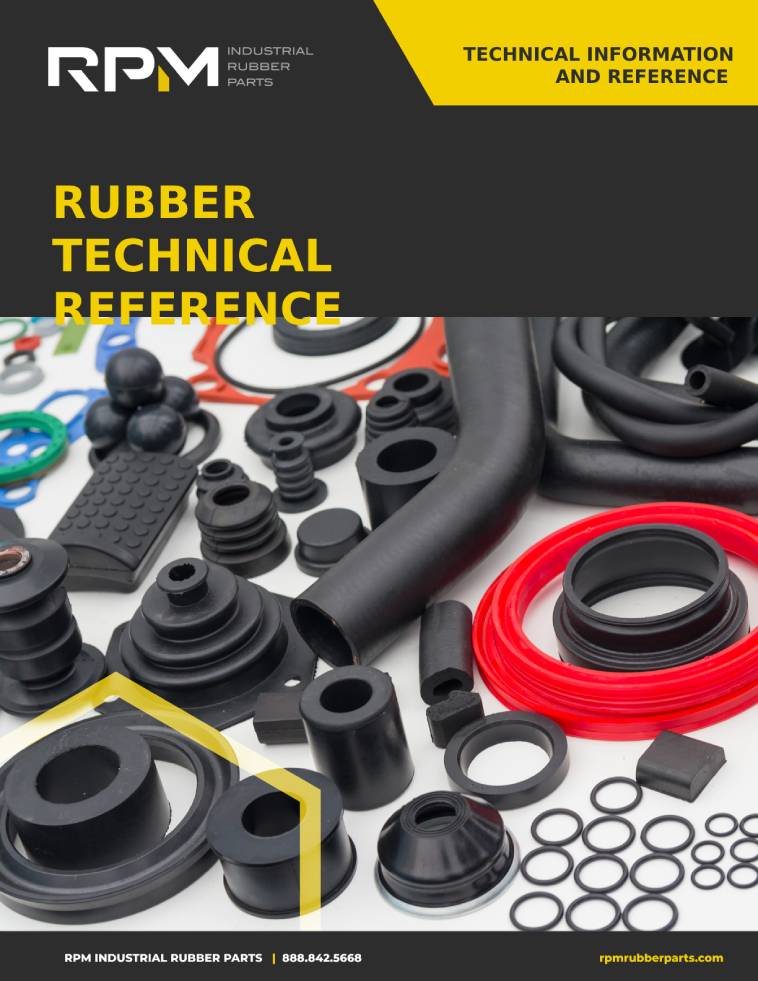
Rubber Technical References Guide
RPM’s Rubber Technical Reference Guide provides comprehensive information on elastomeric materials classification, dimensional tolerances, material properties, and fluid compatibility to…
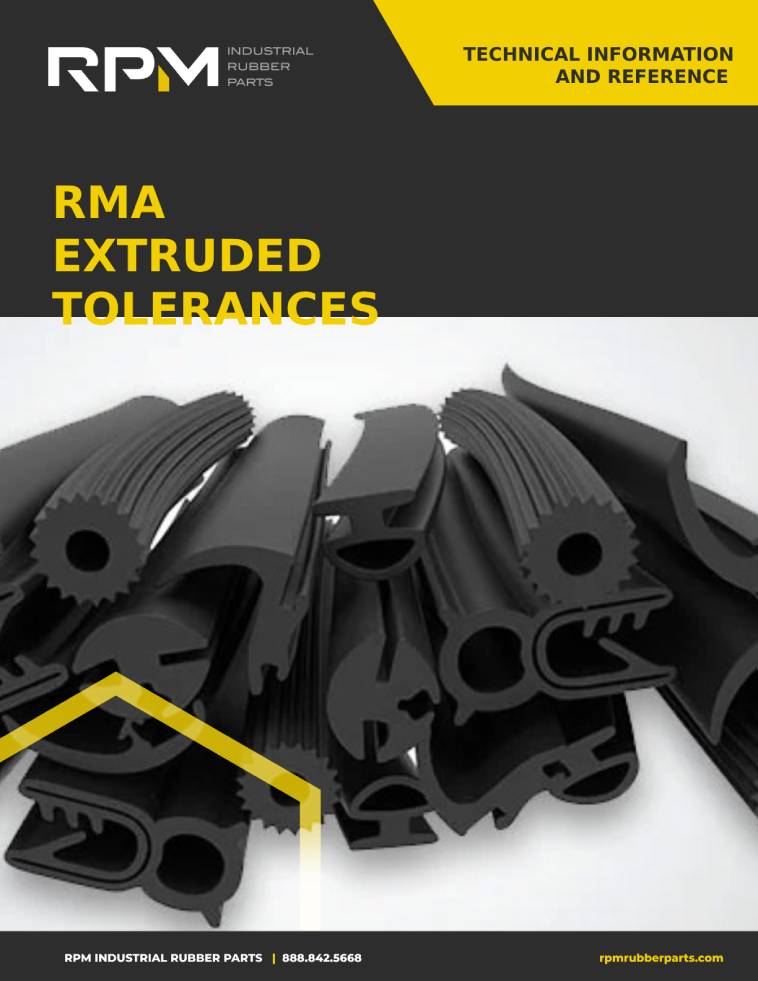
RMA Extruded Tolerances Guide
RPM’s RMA Extruded Tolerances Guide outlines standardized dimensional tolerances for key measurements, ensuring a balance of precision and material properties…
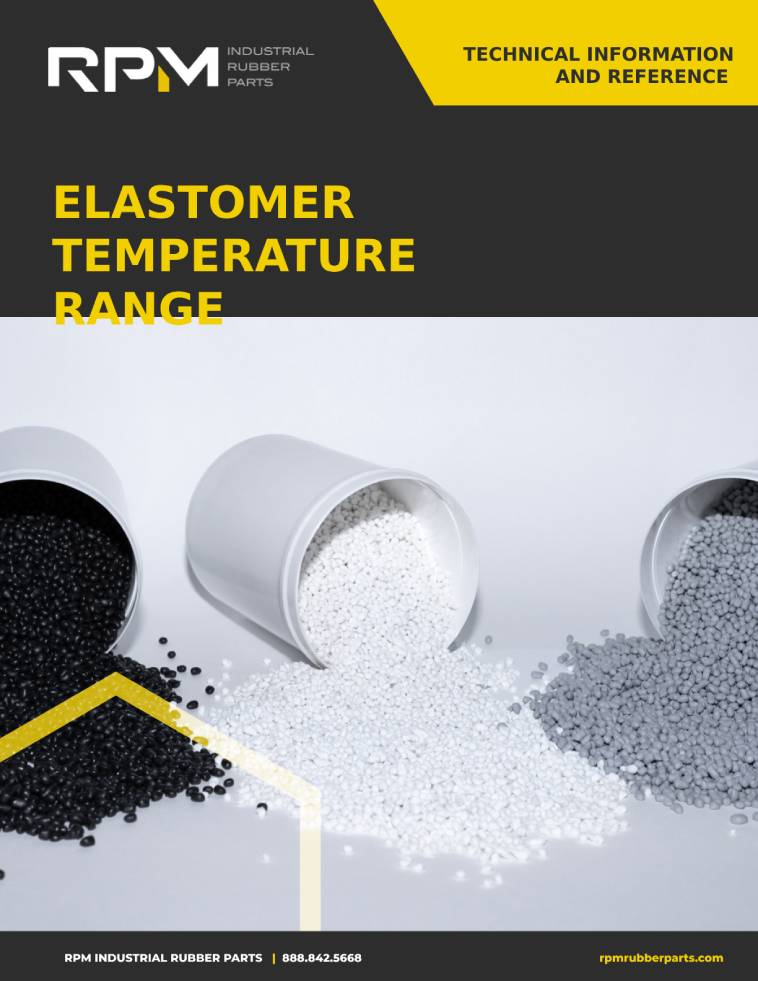
Elastomer Temperature Range Guide
RPM’s Elastomer Temperature Range Guide provides essential insights into the maximum temperature limits of various elastomer compounds, ensuring optimal material…
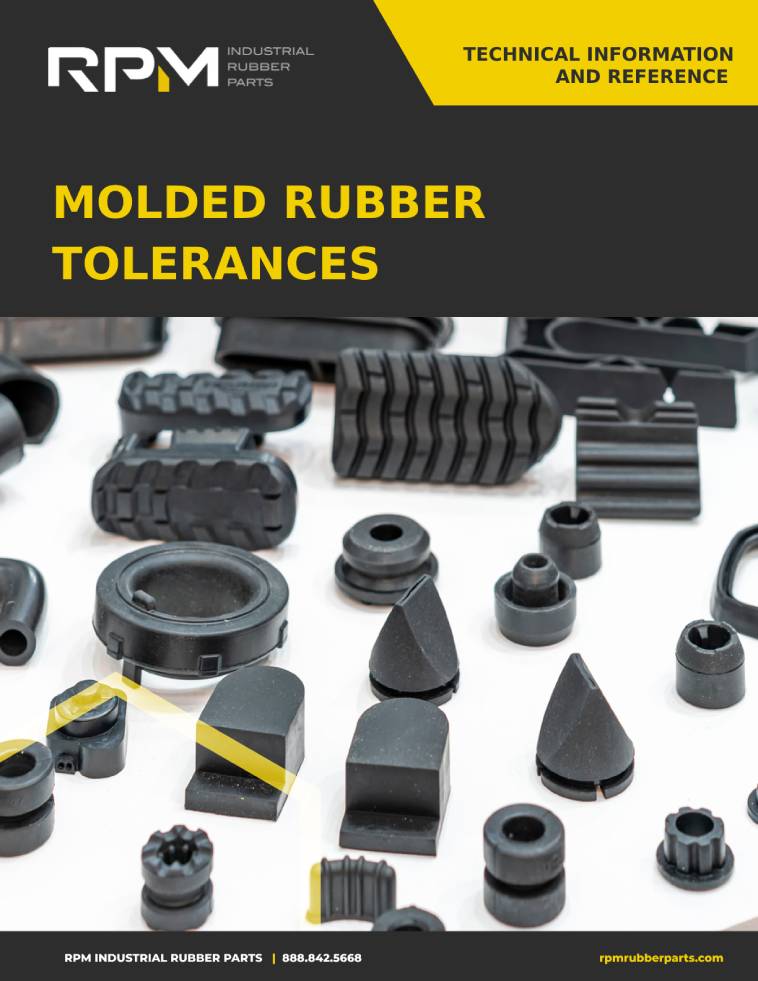
Molded Rubber Tolerances Guide
RPM’s Molded Rubber Tolerances Guide defines four precision levels to ensure consistency and reliability in manufacturing based on application requirements.
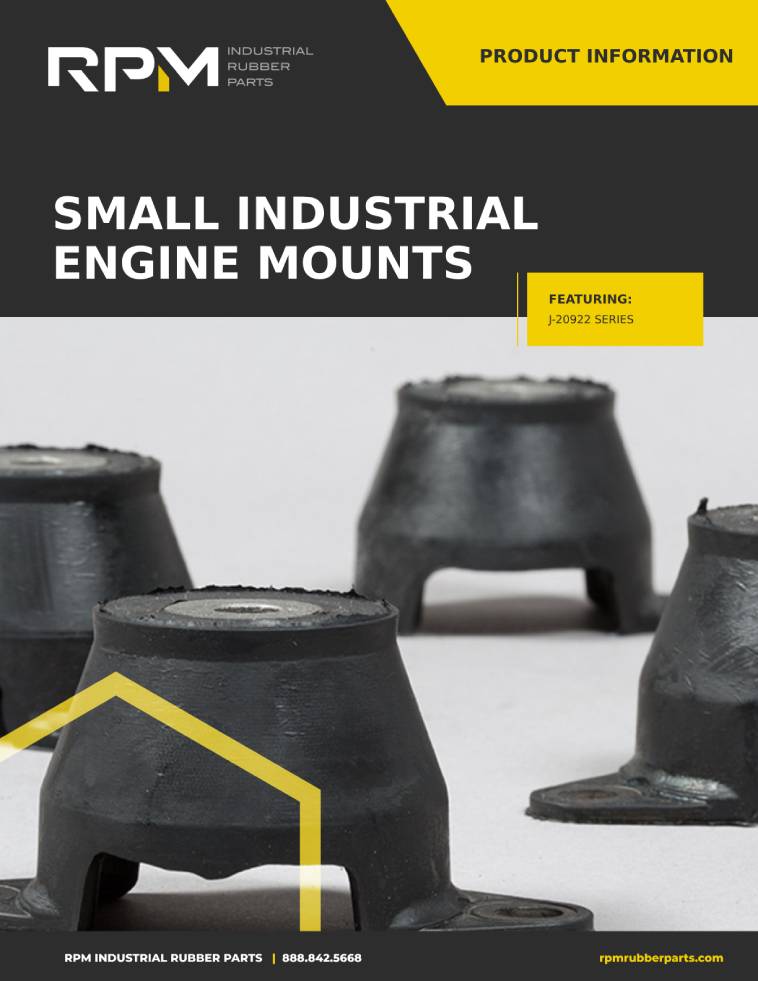
Small Industrial Engine Mounts Guide
RPM’s Small Industrial Engine Mounts Guide highlights the J-20922 series, designed for 2-, 3-, and 4-cylinder engines, offering superior vibration…
Filter by






